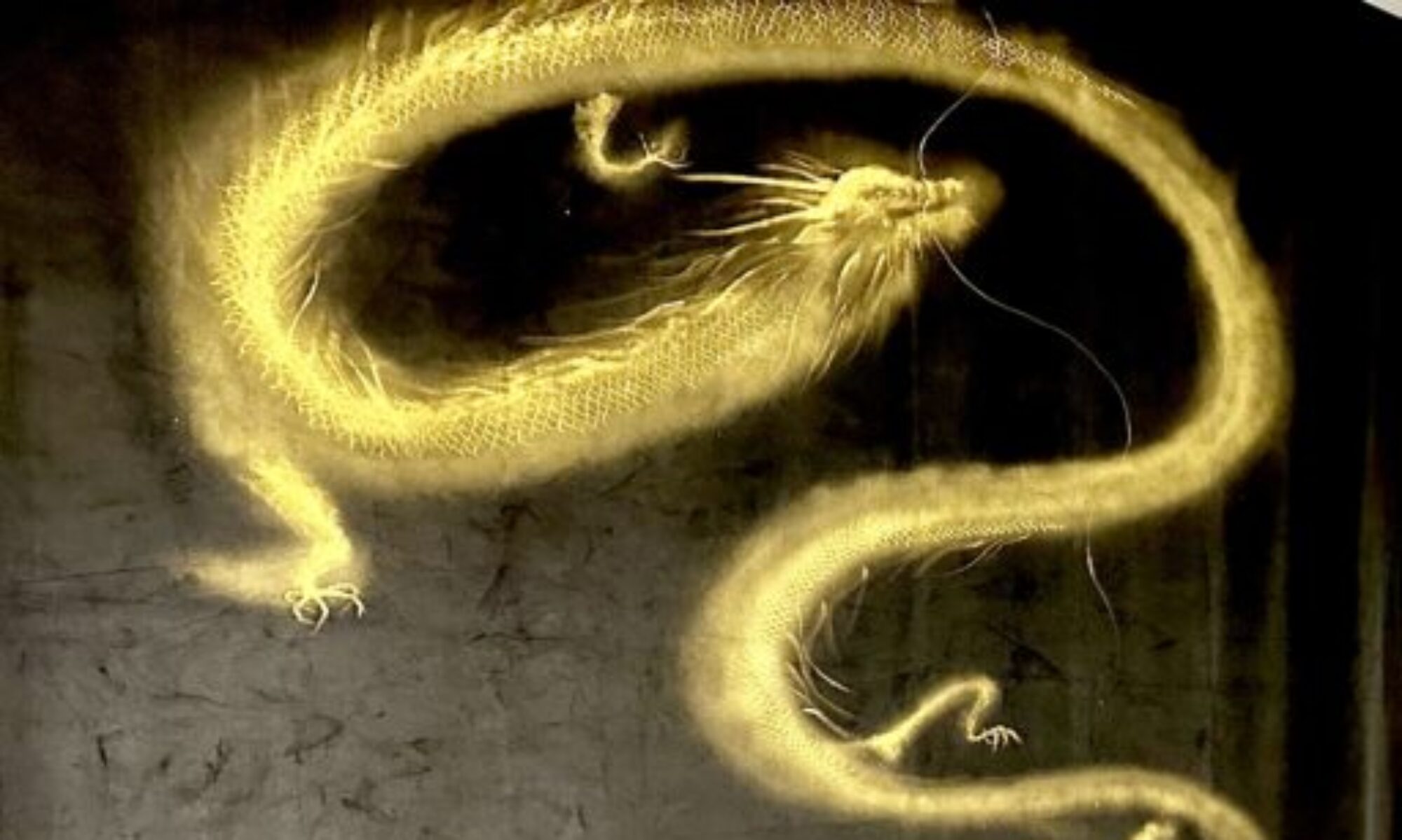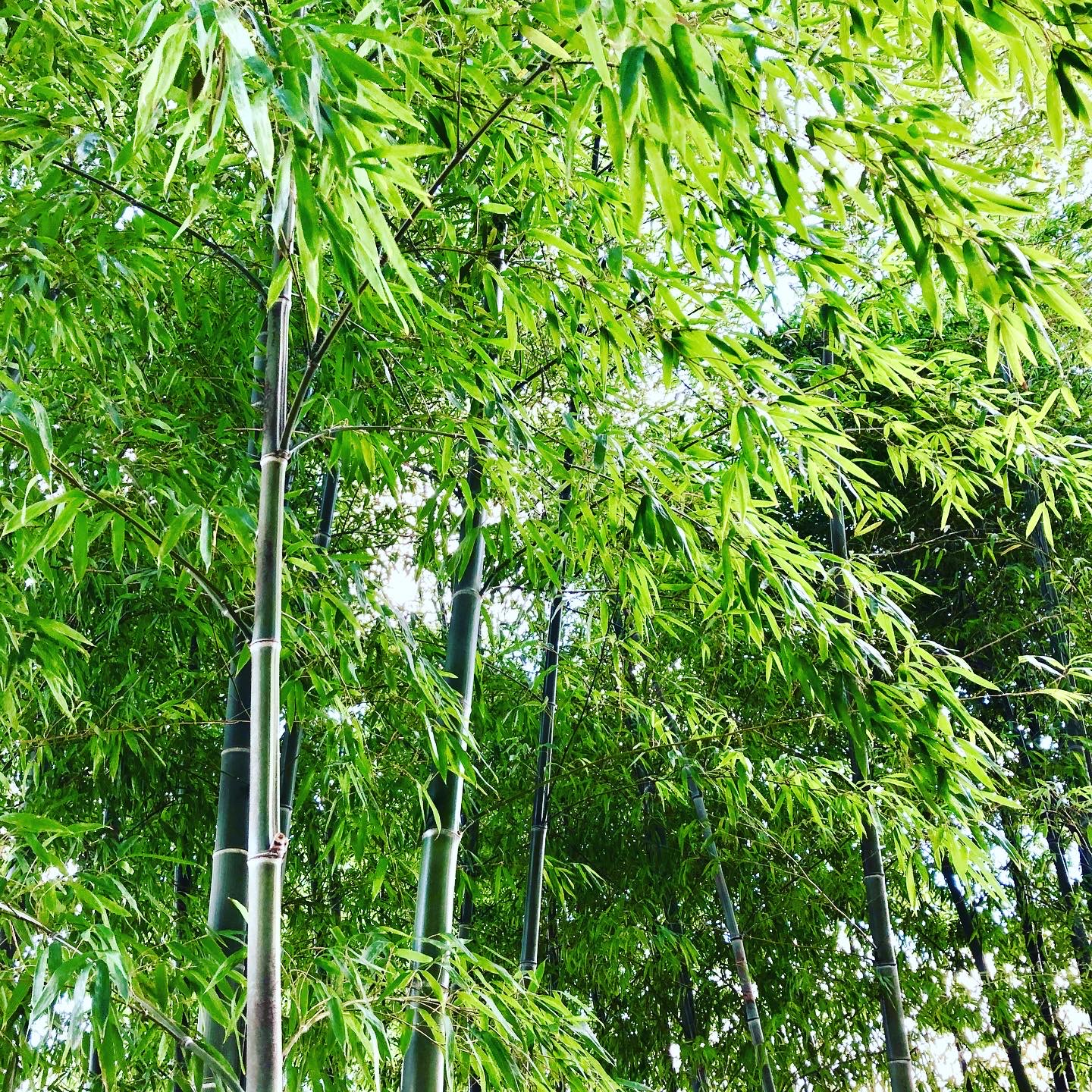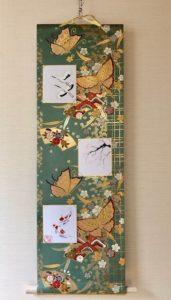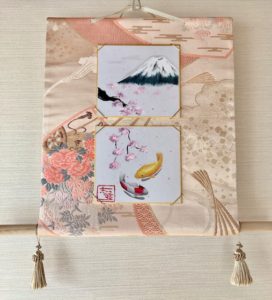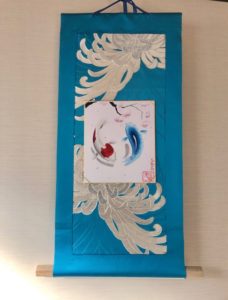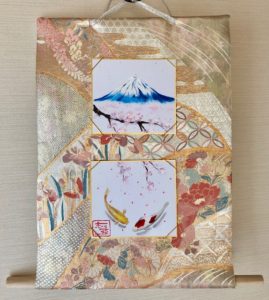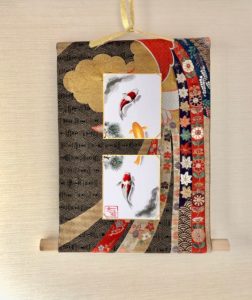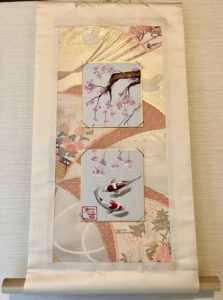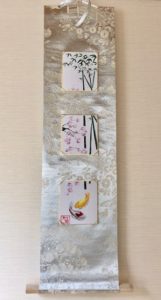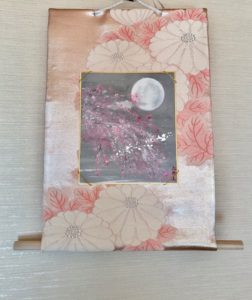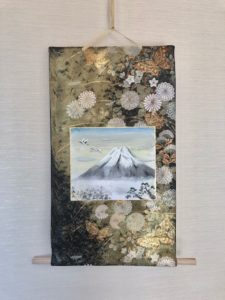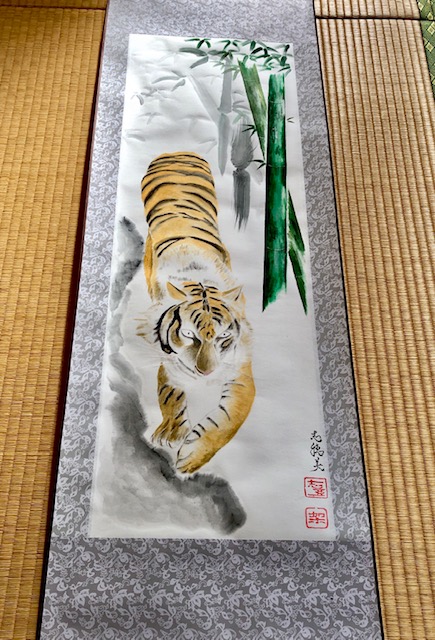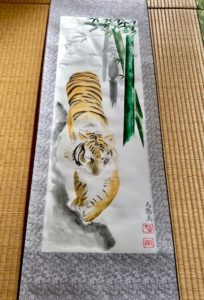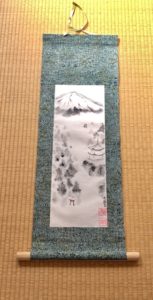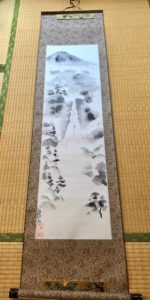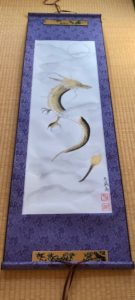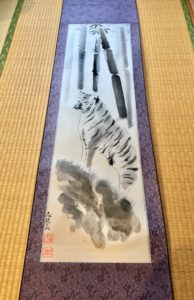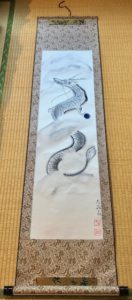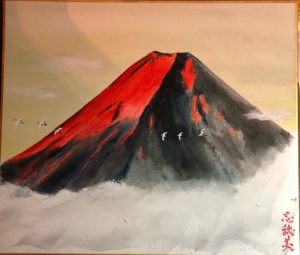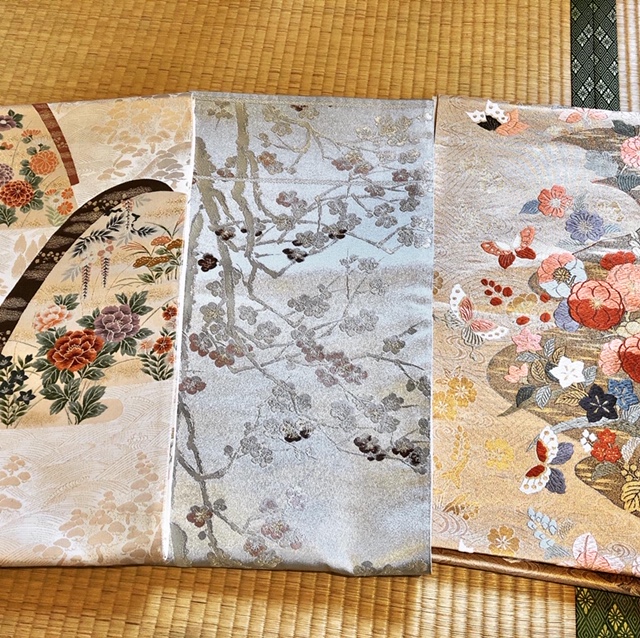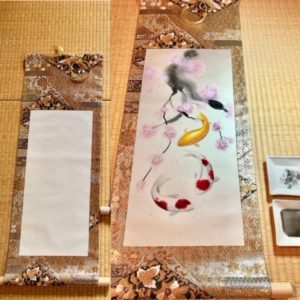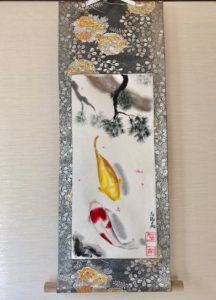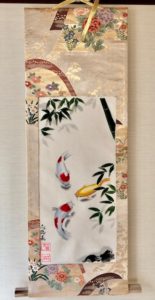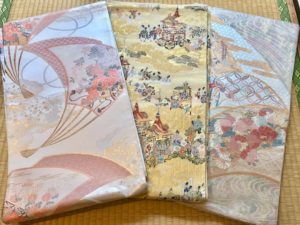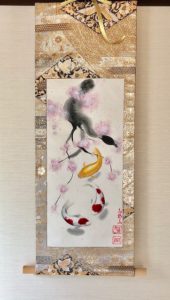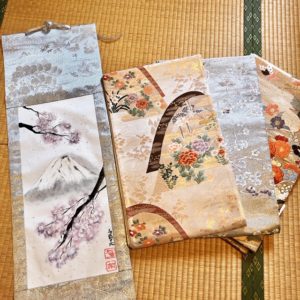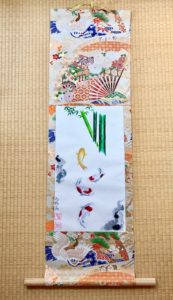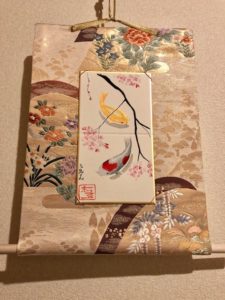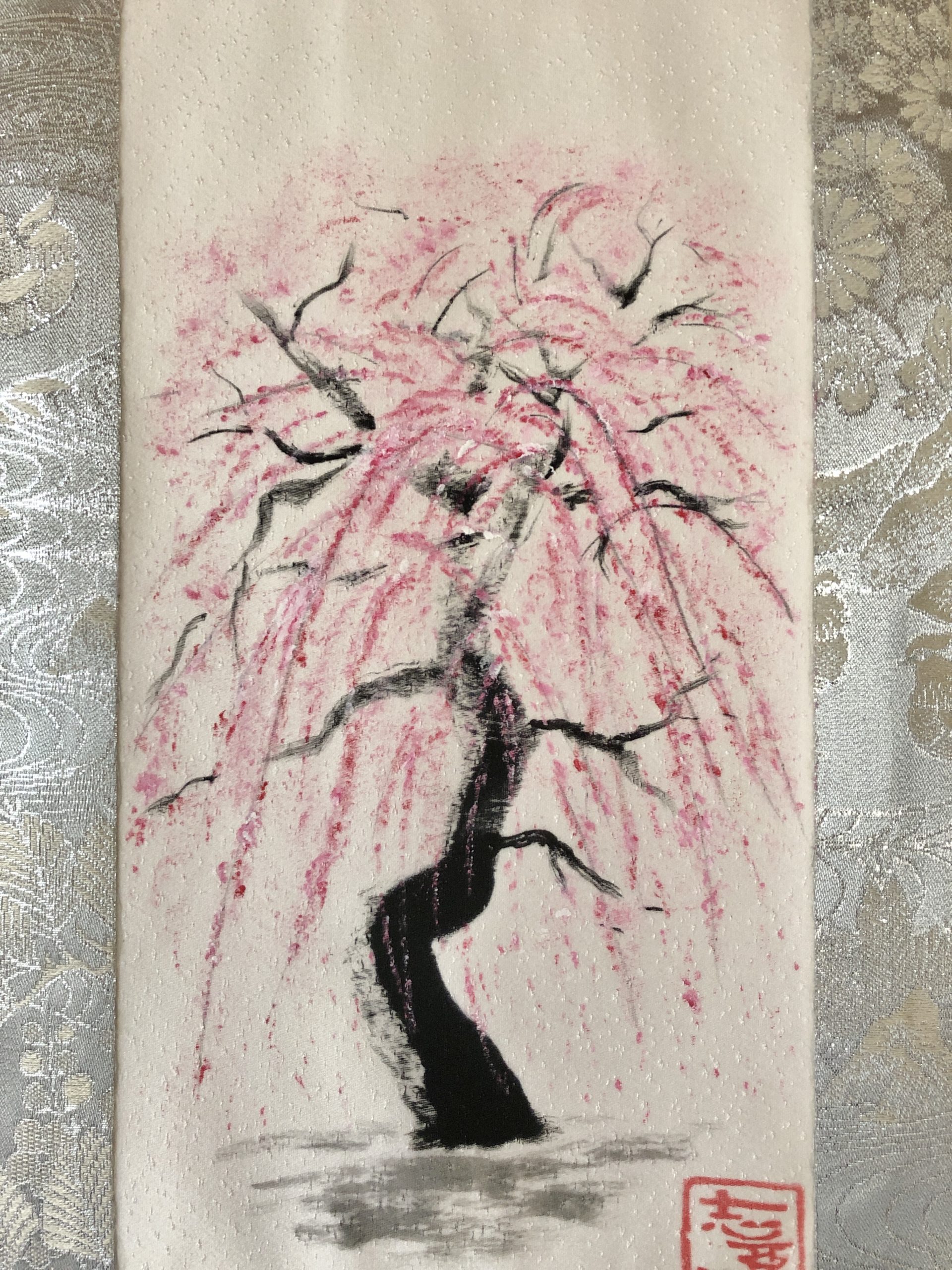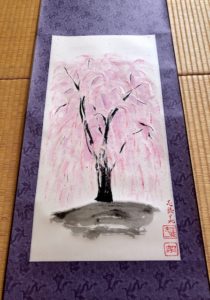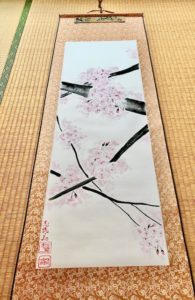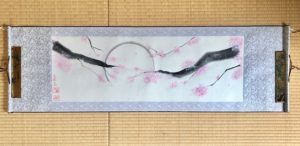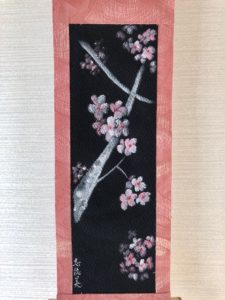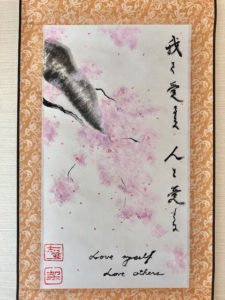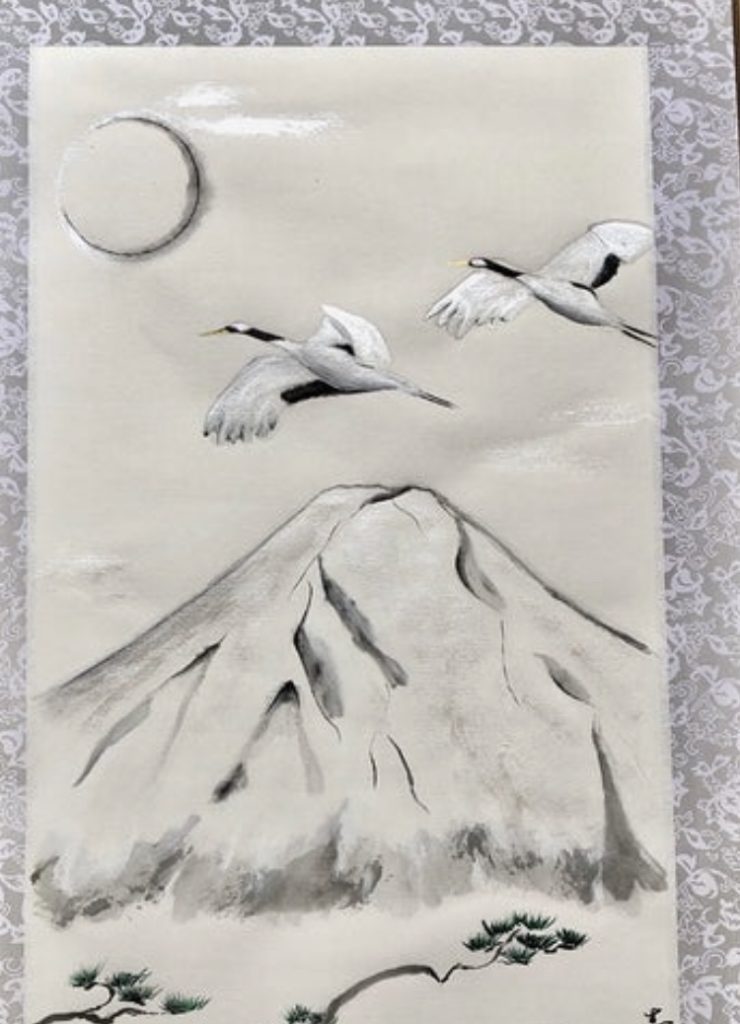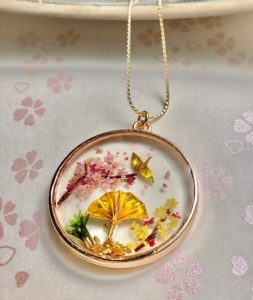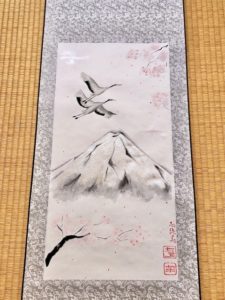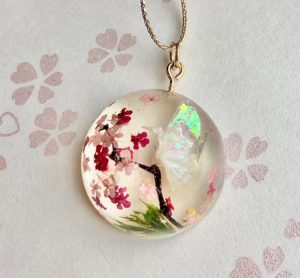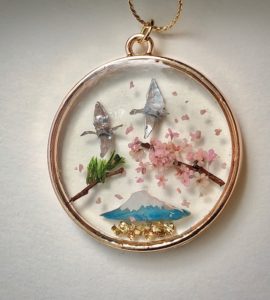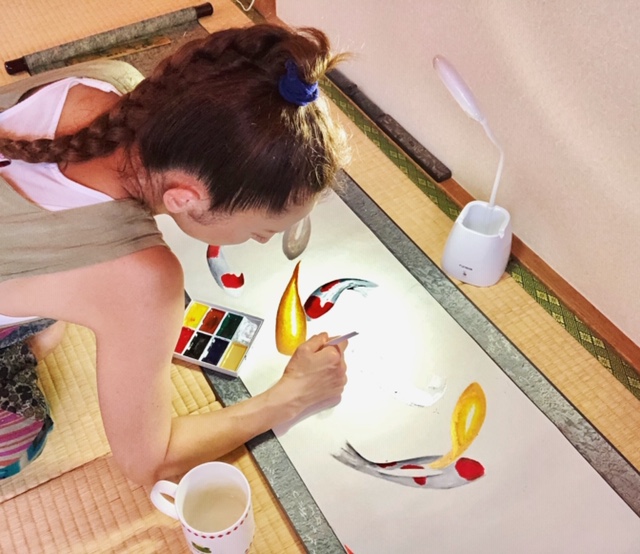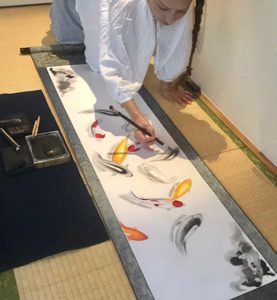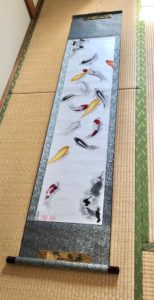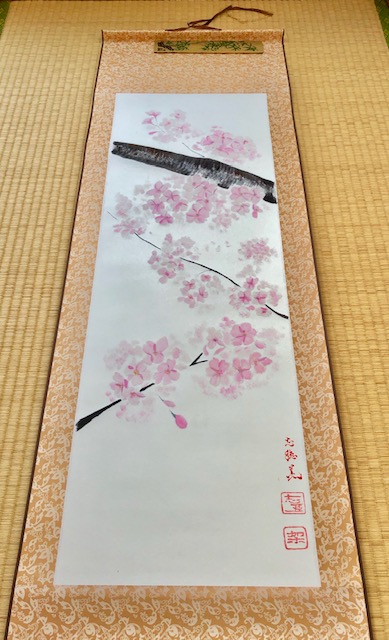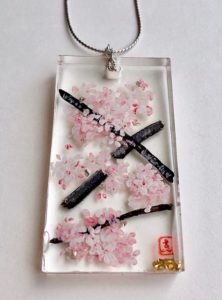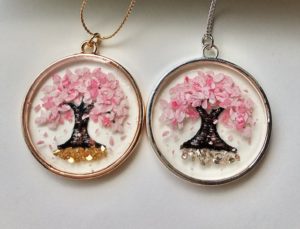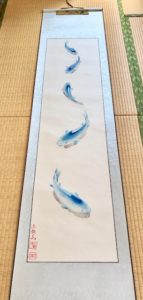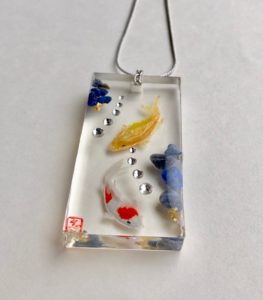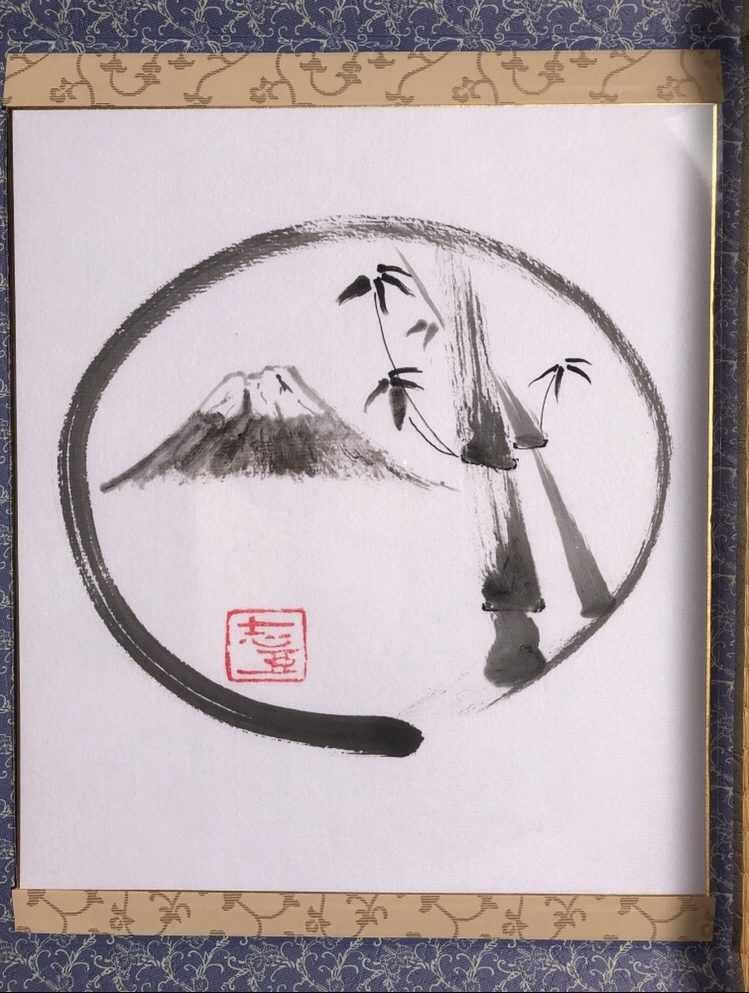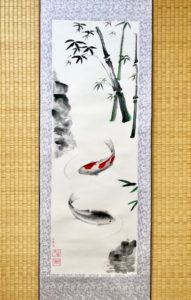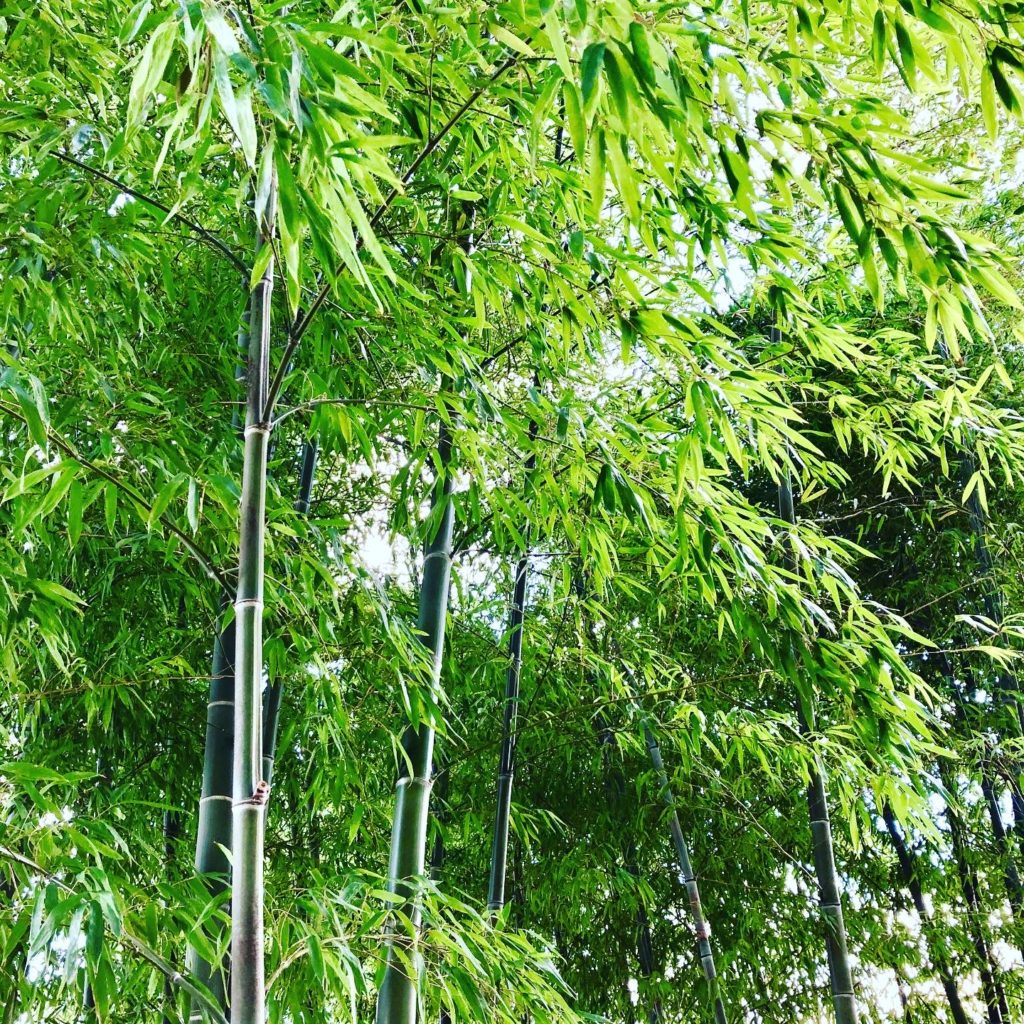
Finding small Kyoto in Tokyo – hidden Bamboo forest in Tokyo
Bamboo trees symbolize Japanese ZEN culture.
When you are in Bamboo forest, you feel very calm and helps you meditate.
Many bamboo forests are in Kyoto, or secluded area.
But you can find bamboo forests in central Tokyo too.
We would like to share some hidden bamboo forests in Tokyo.
If you are living in Tokyo, or if you visit Tokyo, you can experience small Kyoto in these small bamboo forest.
It is a good cycling day trip as well.
First bamboo forest is “Suzume-no-Yado Ryokuchi park” in Himonya, Meguro ward.
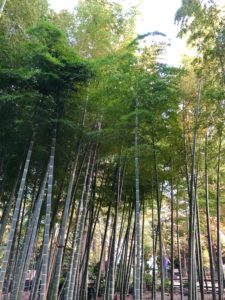
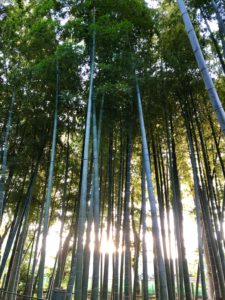
This park has many tall bamboo trees and traditional Japanese style house.
The traditional Japanese style house is open from 9:30 to 15:30.
But bamboo trees area is open for 24 hours.
Second bamboo forest is “Roka Koshun-en Gardens” in Setagaya ward.

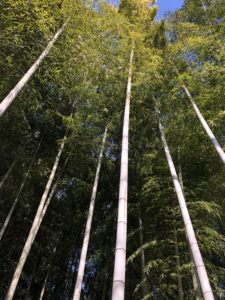
It is located near “Roka-Koen station” of Keio line.
It is about 40-50 minutes cycling from central Tokyo.
This park is free, but open hour is 9:00-16:30.
There are lots of tall bamboo trees, cherry trees and a memorial house of a famous Japanese writer, “Roka Tokutomi”.
You can go inside this memorial house, which has Japanese old style, and very interesting.
Third bamboo forest is “Senzoku Ike” in Ota ward.

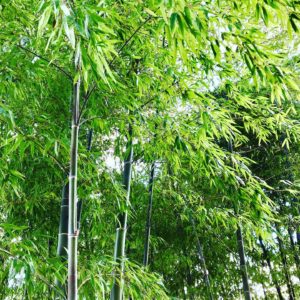
It is located beside “Senzokuike station” of Tokyu Ikegami line.
There is a big pond with Koi fish, cherry trees and a shrine.
Beside this park, there is a temple called “Myofuku ji”.
This temple has small but beautiful bamboo trees.
Lastly, we want to talk about “Todoroki Keikoku” in Setagaya ward.
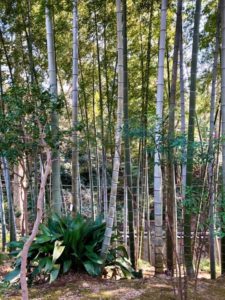
This “Todoroki Keikoku” park is about 30-40 minutes bicycle ride from central Tokyo.
Or you can go there by train using “Oimachi line” to “Todoroki station”.
In there, you can enjoy nature here, with walking beside the river.
“Keikoku” means valley, and this is a unique small valley that you can experience in Tokyo.
This place has a temple and a Japanese garden area.
In the Japanese garden, there are some bamboo trees, plum blossoms and cherry blossoms.
Those places are bamboo forest spots that we discovered in Tokyo.
We hope you will add these spots to your “Tokyo explore list”!
Photos below are our Bamboo items.
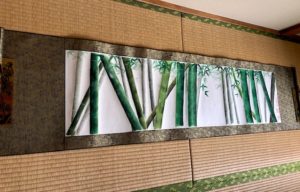
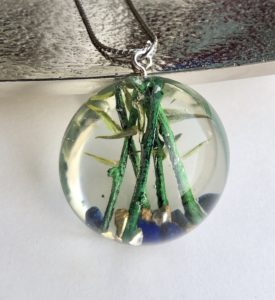
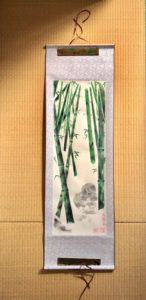
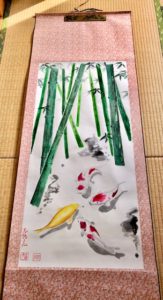
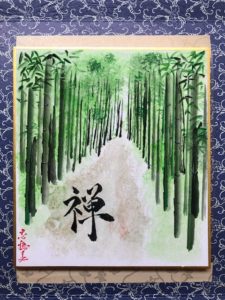

Please visit our Etsy shop for those items and more.
